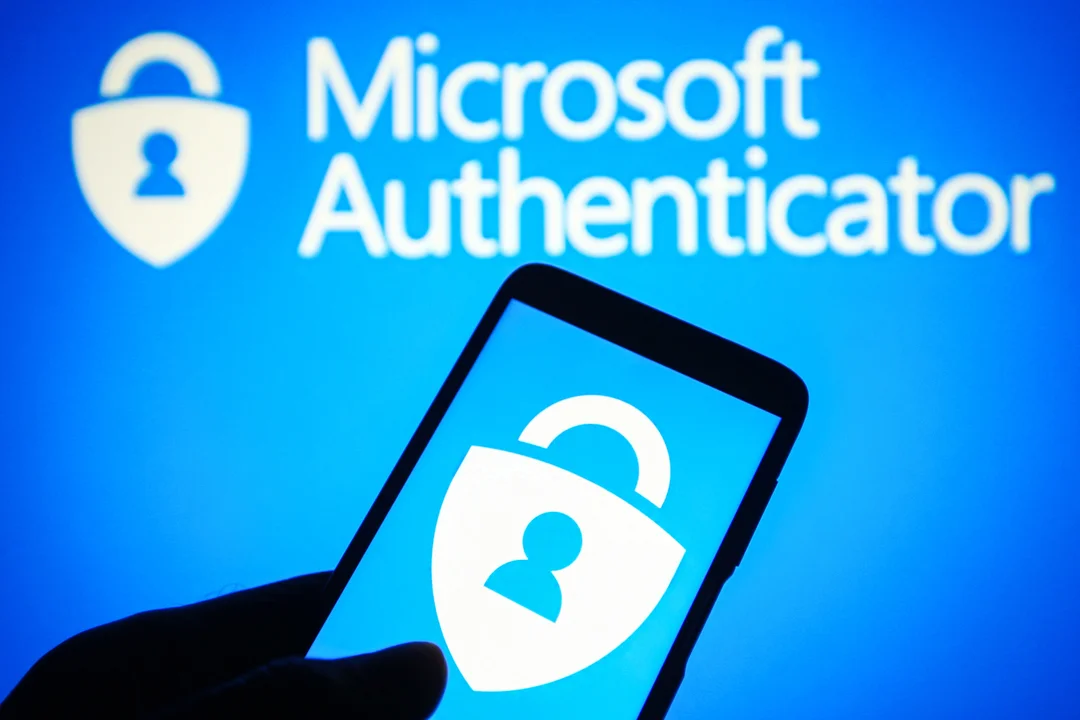
Microsoft Authenticator Sunset: Time to Export Your Passwords!
Microsoft Authenticator users are receiving urgent notifications: the app's password autofill feature is being discontinued in July 2025. This move is prompting users to transition to Microsoft Edge for password management or explore alternative solutions. But what does this mean for you and your digital security?
The Microsoft Authenticator app, known for its two-factor authentication (MFA) and password management capabilities, is phasing out its password autofill feature. Users are urged to export their saved passwords before July 1st, 2025, after which the autofill function will no longer work. From August 2025, these passwords will be completely inaccessible within the app. This transition primarily aims to streamline the autofill experience by encouraging users to adopt Microsoft Edge,

The Timeline:
- June 2025: No new passwords can be saved in Authenticator.
- July 2025: Autofill feature ceases to function.
- August 2025: Saved passwords are no longer accessible in Authenticator.
Microsoft emphasizes that passwords saved in Authenticator are synced with your Microsoft Account, making them accessible via Edge. The browser offers enhanced security features like Microsoft Defender SmartScreen and Password Monitor. However, payment information won't automatically transfer, requiring users to re-enter their card details in Edge.
What if you prefer not to use Edge? Microsoft recommends exporting your passwords as a CSV file, allowing you to import them into another password manager. This ensures you don't lose access to your crucial online credentials.
Interestingly, Microsoft is also pushing for a passwordless future. New Microsoft accounts are now passwordless by default, encouraging users to adopt passkeys, physical security keys (like YubiKey), or SMS codes for authentication. Microsoft touts passkeys as significantly more secure and reliable, boasting a 98% success rate compared to the 32% for password-based logins.
Passwordless Options with Microsoft:
- Microsoft Authenticator App: Generates and stores passkeys, requiring fingerprint, face, or PIN unlock for authentication.
- Windows Hello: Uses your computer's fingerprint reader, facial recognition, or PIN to unlock your passkey directly on your device.
- Physical Security Key: Like a YubiKey, offering a highly secure hardware-based authentication method.
While SMS codes are still an option, they are considered less secure due to potential interception risks. Microsoft is encouraging users to switch to passkeys because that results in a 98% success rate when signing in. Compare that to just 32% for those using passwords, and you can see why making this change is a good idea.
This shift reflects a broader trend towards enhanced online security and streamlined user experiences. It is more secure because instead of remembering one password, you unlock your Microsoft account through biometrics or a PIN unique to only your devices. However, transitioning away from passwords requires proactive steps. Export your passwords, explore password managers, and consider embracing passwordless authentication to secure your digital life.
Are you ready to ditch passwords? What password management solution will you choose? Share your thoughts and concerns in the comments below!